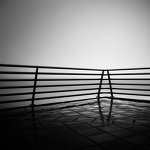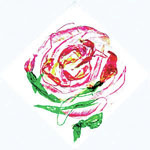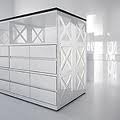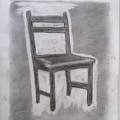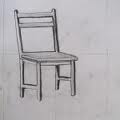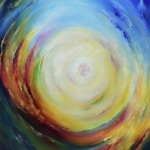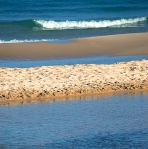Design Elements
Forms
Can be measured, from top to bottom (height), side to side (width), and from back to front (depth). Form is also defined by light and dark. There are two types of form, geometric (man-made) and natural (organic form). Form may be created by the combining of two or more shapes. It may be enhanced by tone, texture and color.
Space
The background, foreground and middle ground. Space refers to the distances or areas around, between or within components of a piece. There are two type of space: positive and negative space. Positive space refers to the space of a shape representing the subject matter. Negative space refers to the space around and between the subject matter.
Texture
Is perceived surface quality. In art, there are two types of texture: tactile and implied. Tactile texture (real texture) is the way the surface of an object actual feels. Examples of this include sandpaper, cotton balls, tree bark, puppy fur, etc. Implied texture is the way the surface on an object looks like it feels. The texture may look rough, fizzy, gritty, but cannot actually be felt. This type of texture is used by artist when drawing or painting.
